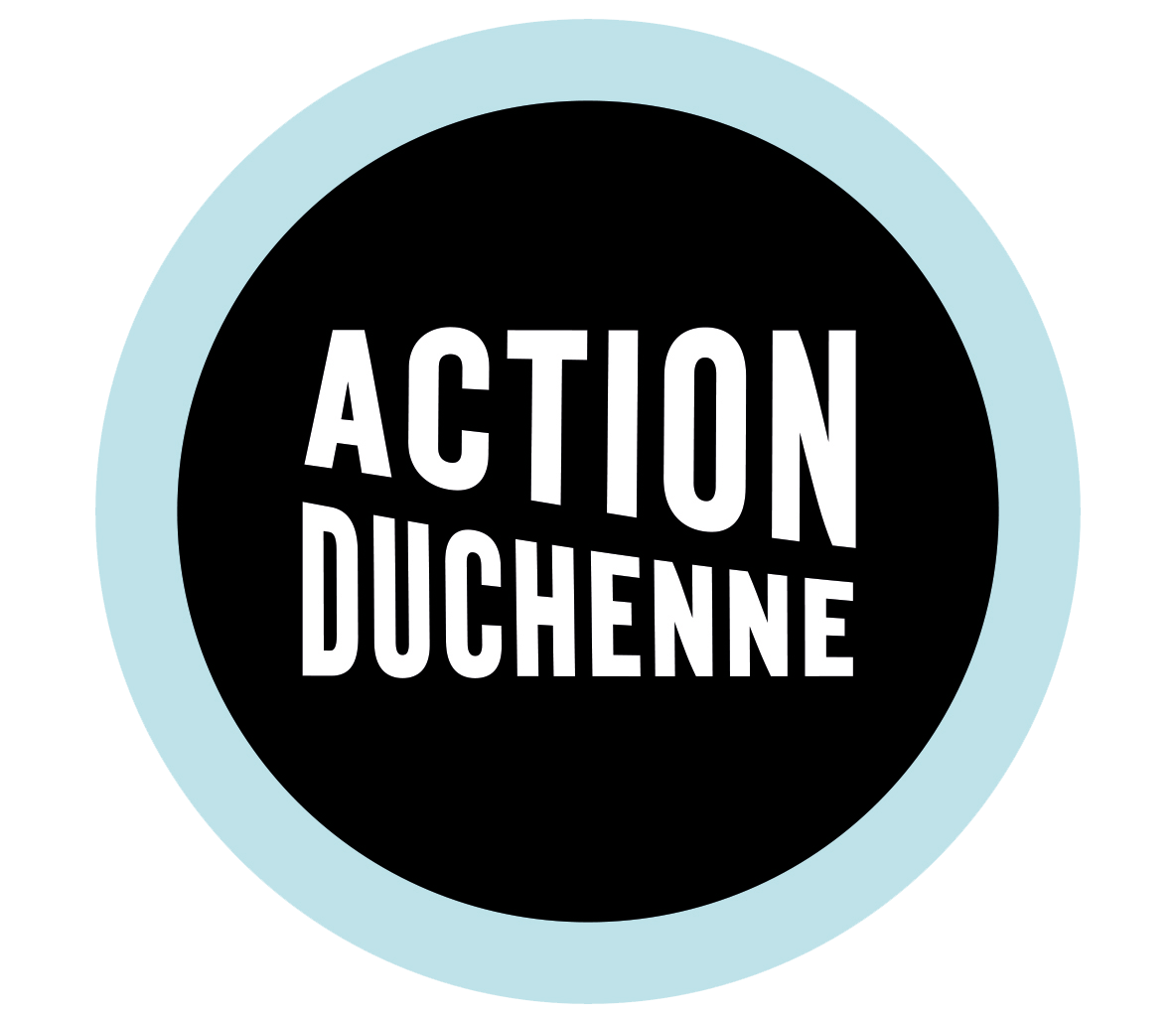We are thrilled to announce exciting new developments regarding the investigational drug Givinostat, after Italfarmaco S.p.A. announced today that the full results from the Company’s pivotal phase 3 EPIDYS clinical trial with givinostat in ambulant boys 6 years of age and older with Duchenne muscular dystrophy (DMD) have been published. The full manuscript, titled, “Safety and efficacy of givinostat in boys with Duchenne muscular dystrophy (EPIDYS): a multicentre, randomized, double-blind, placebo-controlled, phase 3 trial” is published in the peer-reviewed journal, The Lancet Neurology.
The phase 3 clinical trial successfully met its primary endpoint; to measure the mean change in four-stair climbing assessment from baseline to 72 weeks. Participants that received givinostat demonstrated a slower decline in performing this functional task compared to the placebo group (a difference of 1.78 seconds). This result demonstrates the potential of givinostat to delay disease progression when added to corticosteroid treatment.
Givinostat-treated boys also showed favourable outcomes on key secondary endpoints assessing muscle function and strength. Firstly, Givinostat treatment was associated with 40% less decline in NSAA total score, indicating potential to delay disease progression. Secondly, fat infiltration was measured by MRI in the thigh muscle (vastus lateralis). The vastus lateralis fat fraction (VLFF) is a predictor of loss of ambulation and indicates disease progression. Givinostat treated individuals had a 30% reduction in VLFF when compared to placebo treated individuals. Overall, the analyses of the secondary endpoints showed delayed disease progression with givinostat treatment.
“DMD is an unforgiving degenerative disease with significant unmet medical need and givinostat has the potential, if approved, to benefit a broad DMD patient population independent of the underlying gene mutation,” said Eugenio Mercuri, MD, Professor of Paediatric Neurology at the Catholic University, Rome, Italy. “The givinostat-treated group fared better than the control group in a range of muscle function and strength tests at 72 weeks.”
“When managing DMD, a primary goal is to maintain motor function for as long as possible. The results from EPIDYS provide robust evidence that givinostat has the potential to support this goal,” added Craig M. McDonald, MD, Professor at the Department of Pediatrics and Physical Medicine Rehabilitation at the University of California Davis Health. “In addition to the primary endpoint, analysis of the North Star Ambulatory Assessment (NSAA), which measures motor function skills based on a 17-item rating scale, showed that treatment with givinostat resulted in 40% less decline compared to the control group. Taken together, these data suggest givinostat could be an effective new treatment for DMD management.”
“The results of the phase 3 EPIDYS study are encouraging and highlight the dedication of Italfarmaco’s research and clinical teams to achieve this milestone for the company,” said Paolo Bettica, MD, PhD, Chief Medical Officer at Italfarmaco Group. “We want to thank all the individuals and their families who participated in this international study and would also like to acknowledge the tireless efforts of the clinical investigators as well as the unwavering support of the DMD community.”
EPIDYS was a multicentre, randomised, double-blind, placebo-controlled phase 3 trial which enrolled 179 ambulant boys 6 years of age or older with DMD across clinical sites in North America and Europe (NCT02851797). Participants received oral givinostat or matching placebo twice daily along with their corticosteroid treatment regimen. Participants attended study site visits every 12 weeks for 72 weeks and were evaluated for all endpoints within the study protocol.
Givinostat, is an Histone deacetylase (HDAC) inhibitor, and acts to reduce the downstream effects of repeated muscle damage such as inflammation, fatty replacement and fibrosis, that lead to muscle impairment and degeneration. As a result, Givinostat acts on the pathogenetic events downstream of the genetic defects (meaning it is not mutation specific) and is potentially a treatment for the whole DMD and BMD population and could counter the disease pathogenetic events in all muscular districts.
Would you like to know more about Duchenne muscular dystrophy? Increase your knowledge and understanding of Duchenne with our bite-sized science video series.
Section 1 – Facts about Duchenne muscular dystrophy
Section 2 – Signs and Symptoms of Duchenne muscular dystrophy
Section 3 – Diagnosis of Duchenne muscular dystrophy
Section 4 – Crucial Genetic Terminology
Section 5 – Genetics – Blueprint of Duchenne muscular dystrophy
SAVE THE DATE
Our 2024 Annual International Conference will be held on Friday 8th and Saturday 9th November 2024. The conference brings together families, clinicians, researchers and experts for 2 days of sharing knowledge and experience. It is an amazing opportunity to come together as part of the Duchenne community



